Southern Cross University GIS Project Proposal: Disaster Assessment
VerifiedAdded on 2019/09/30
|6
|1346
|310
Project
AI Summary
This project proposal outlines a GIS-based approach to natural disaster management, focusing on forecasting and real-time damage assessment. The study aims to leverage remote sensing and geospatial technologies to understand the built environment's vulnerability to natural hazards and assess the impact of disasters on urban areas. The project involves developing an inventory of existing critical infrastructure, analyzing historical disaster data to forecast future trends using geostatistical techniques, and creating a real-time damage detection tool. This tool, developed using ArcGIS API and open-source GeoEvent Server, will prioritize relief efforts, direct first responders, compute loss estimates, and determine the need for external aid. Data sources include topographic and cadastral maps, historical disaster data, satellite imagery (Sentinel 2, Landsat), and real-time imagery from Google Earth. The methodology includes defining a study area, developing an inventory, employing interpolation techniques, performing change detection using satellite data, and overlaying data layers for damage evaluation. The final product will be a user-friendly tool providing damage assessment maps, infrastructure categorization, and estimated costs. The project's future scope includes policy-making and fund allocation for disaster relief.
1 out of 6
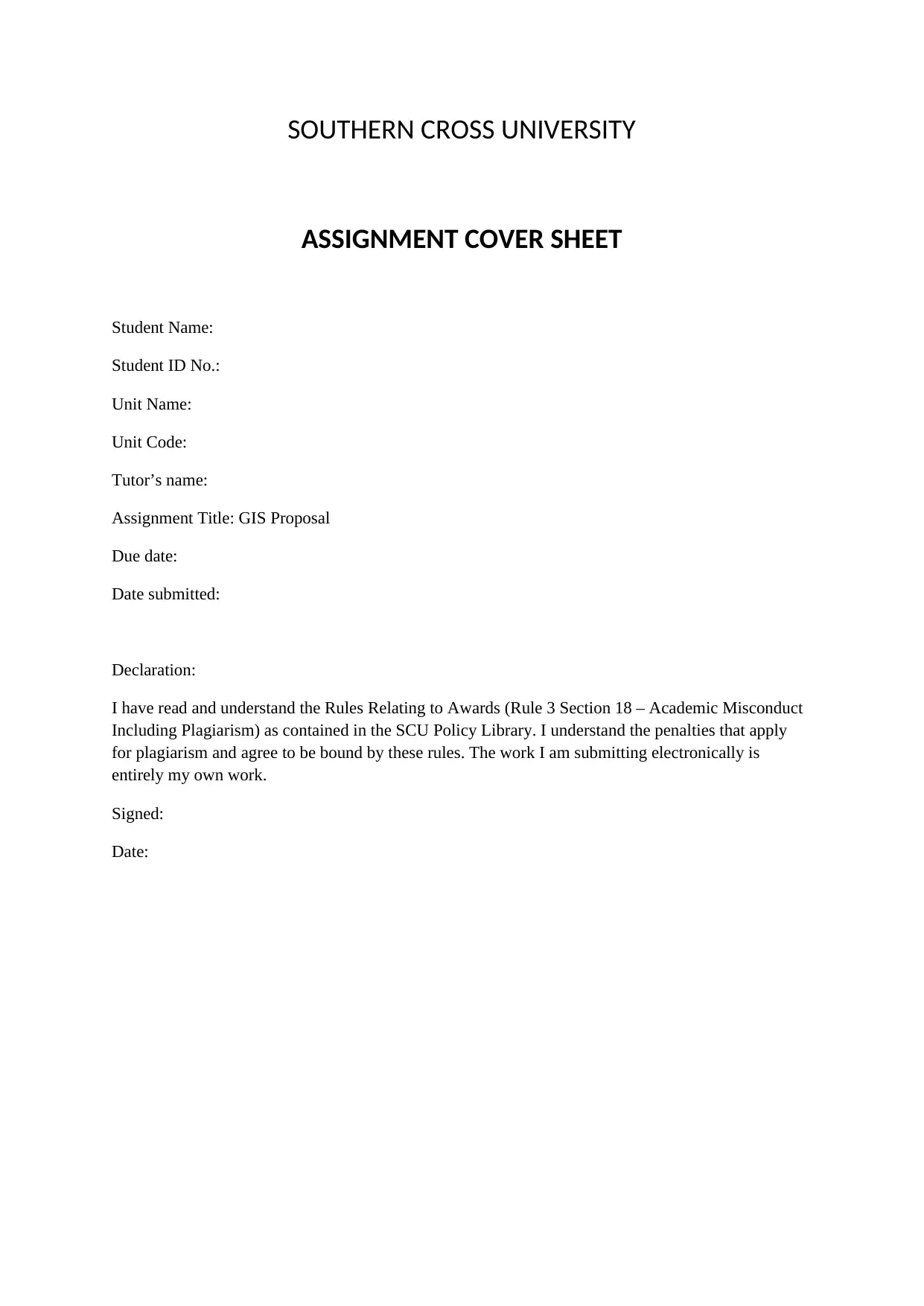
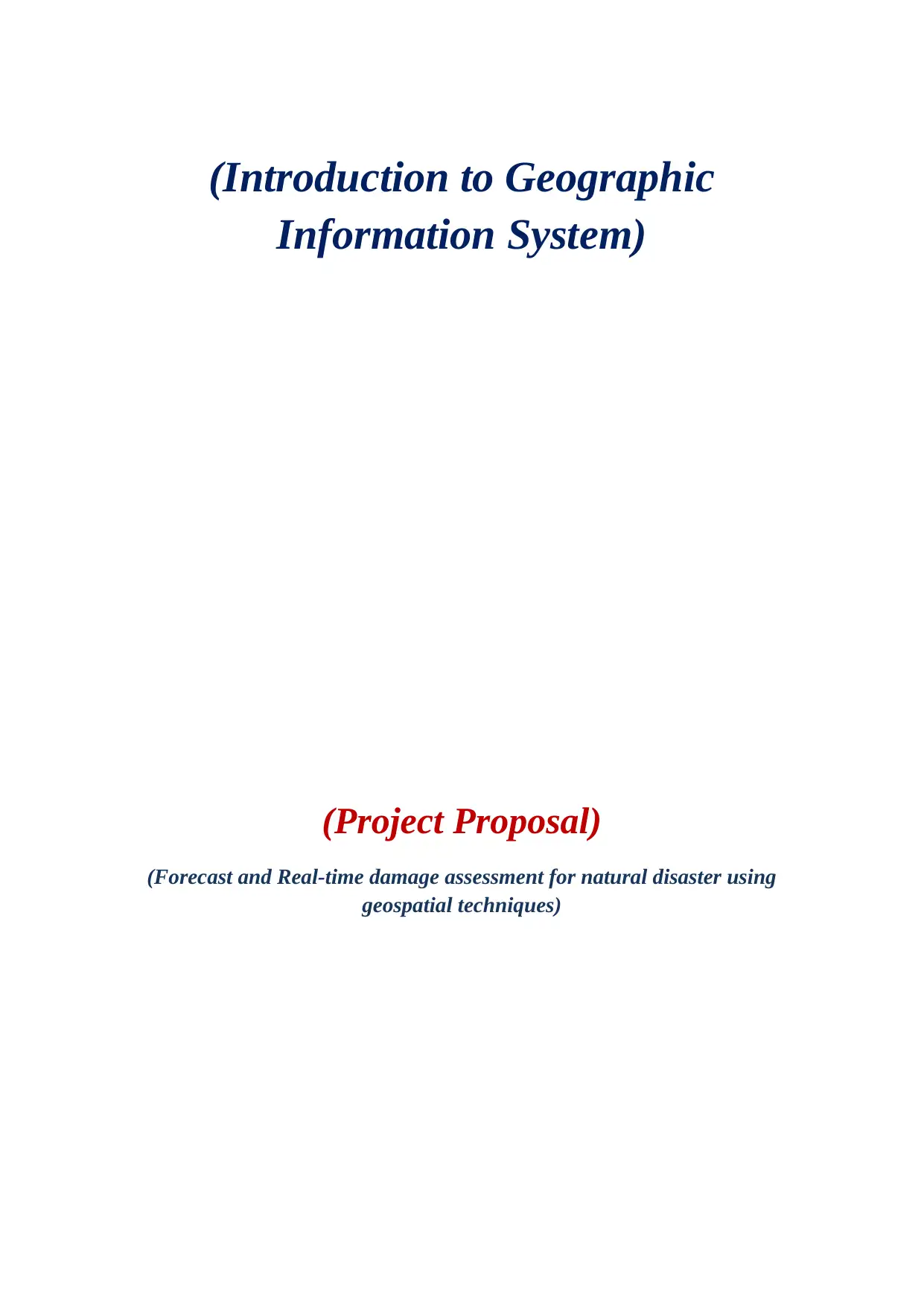
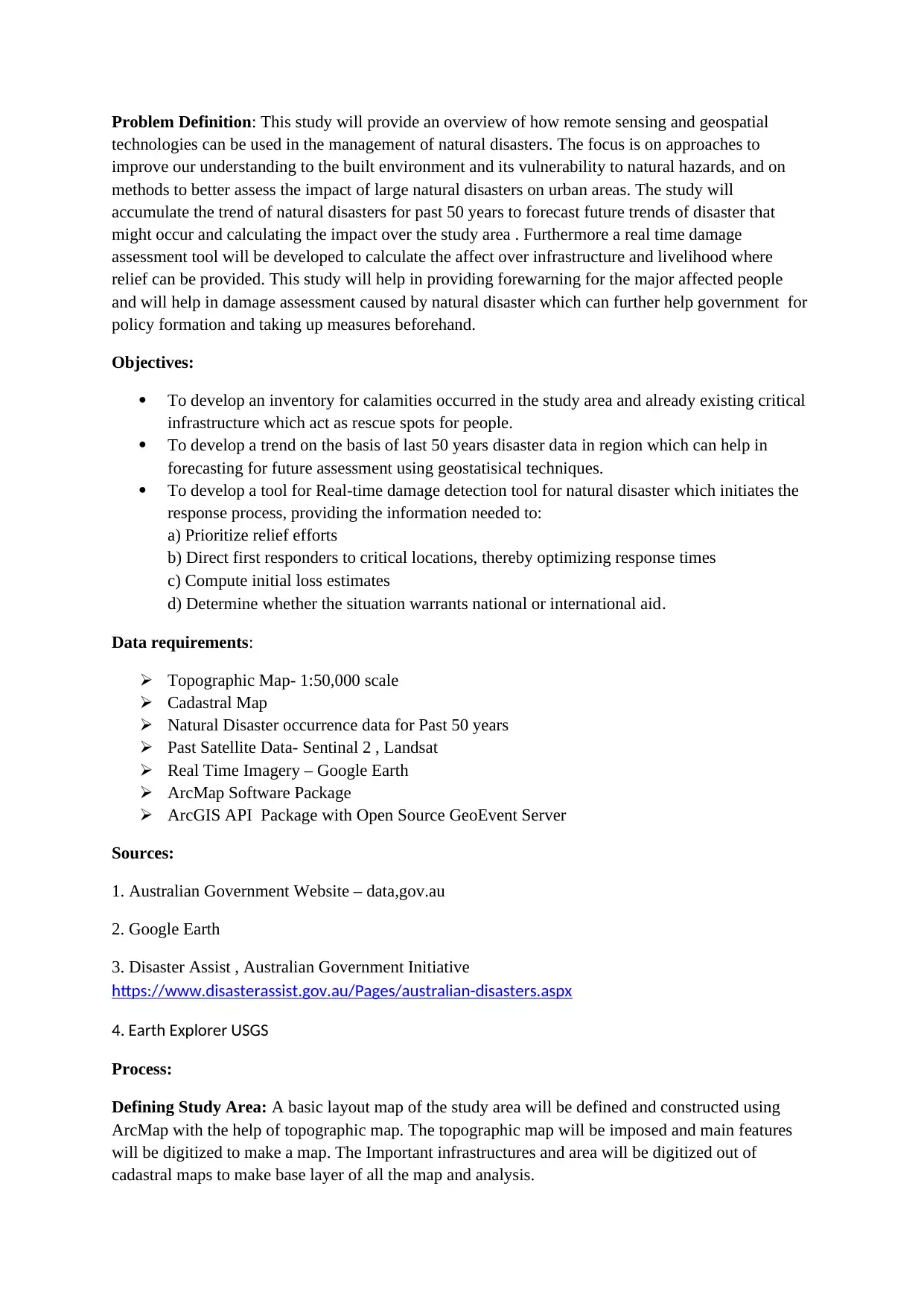

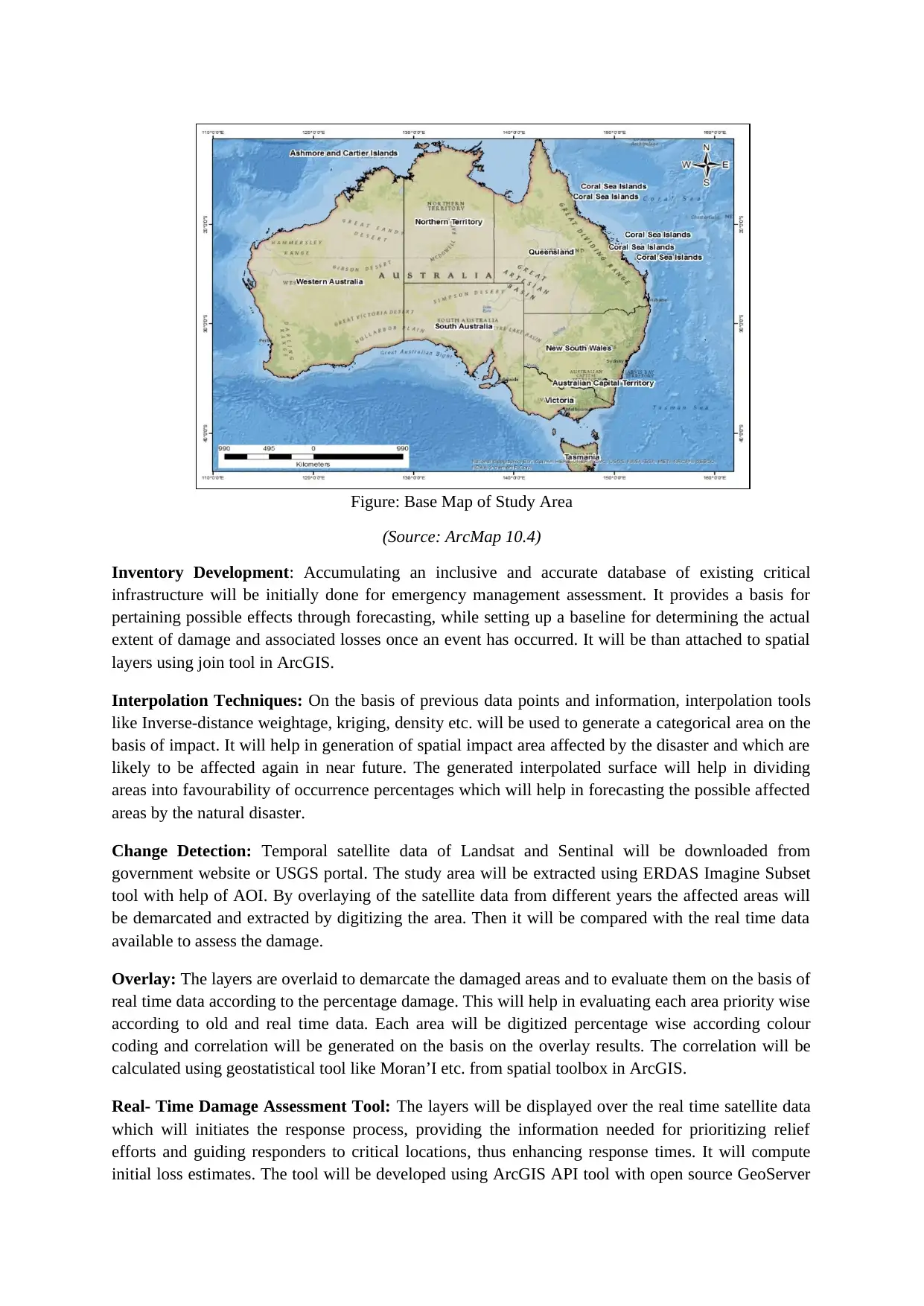
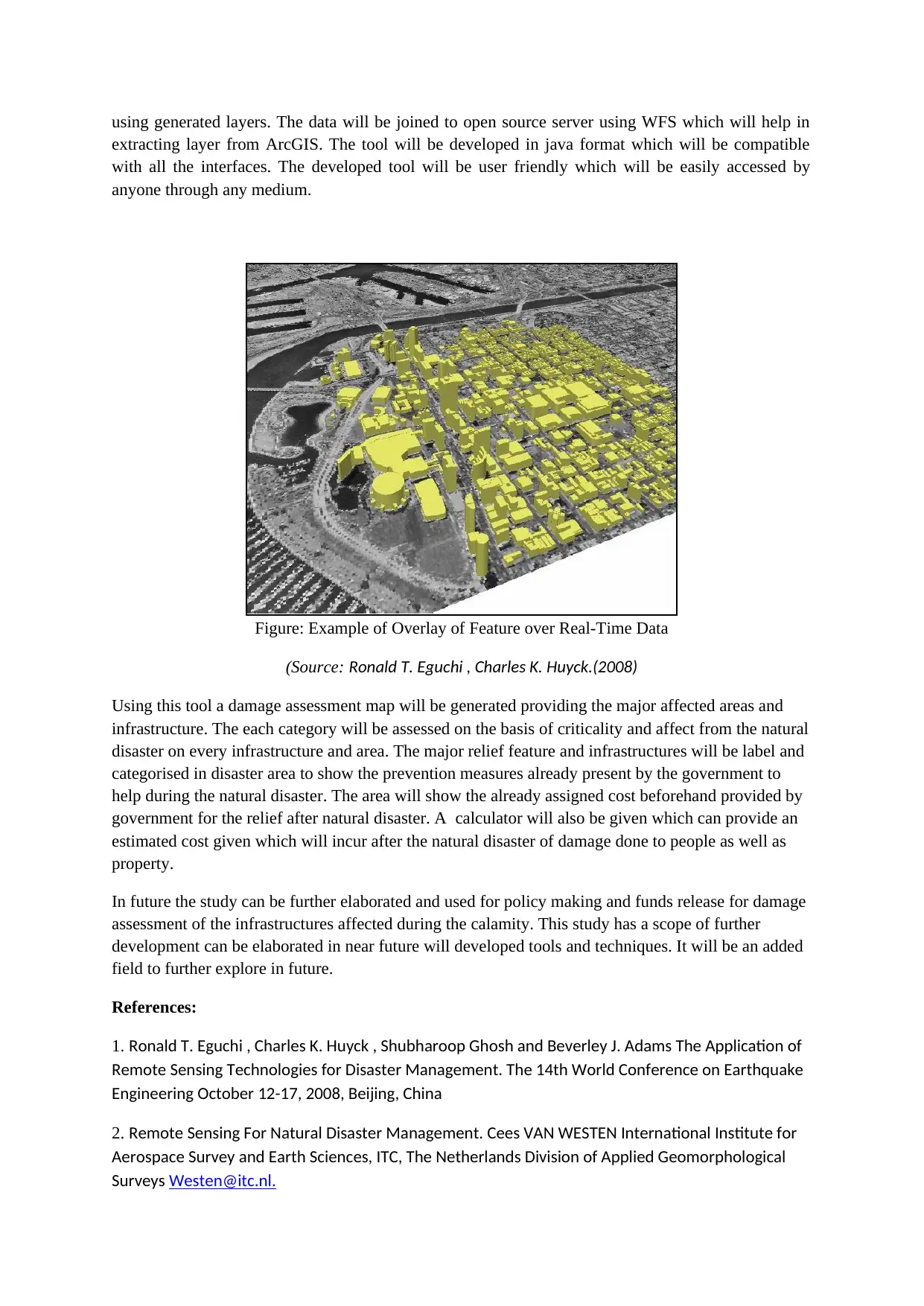


![[object Object]](/_next/static/media/star-bottom.7253800d.svg)